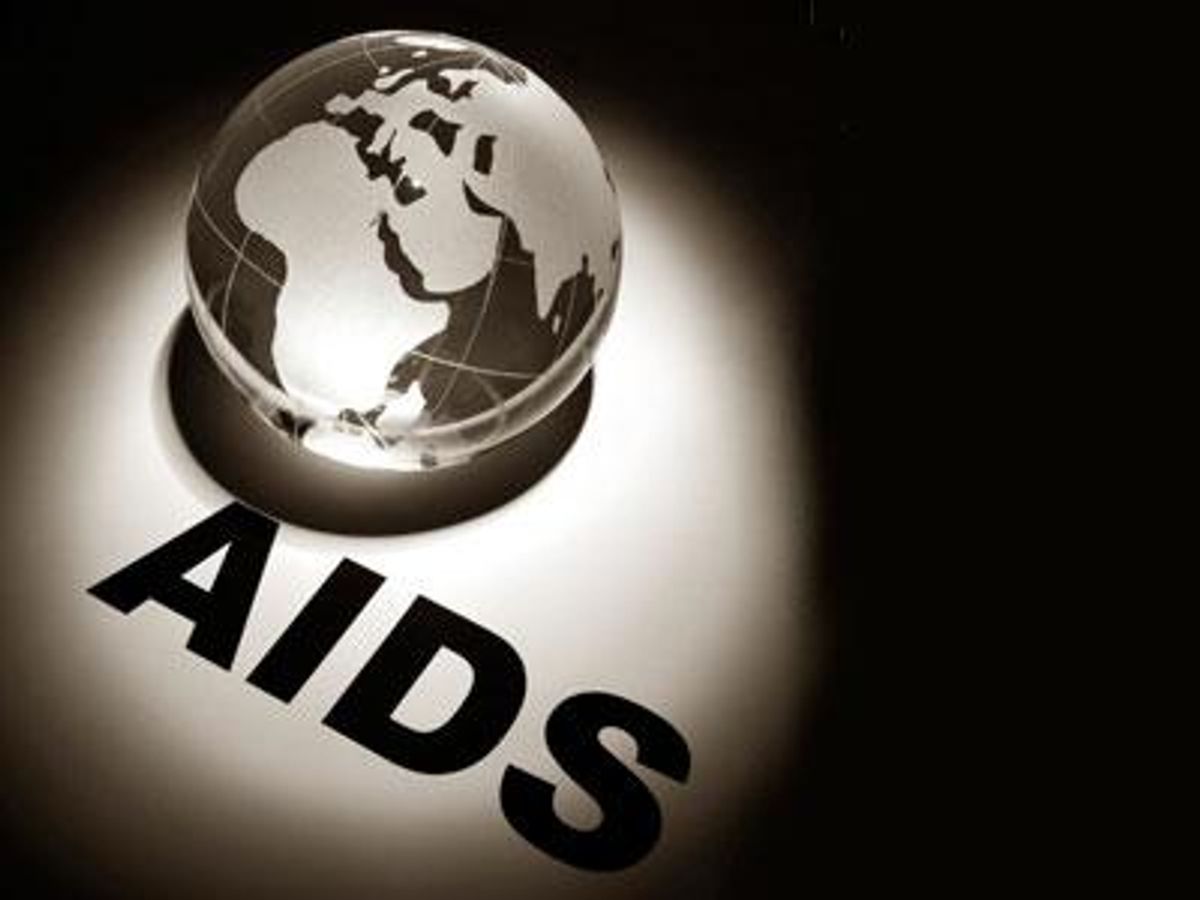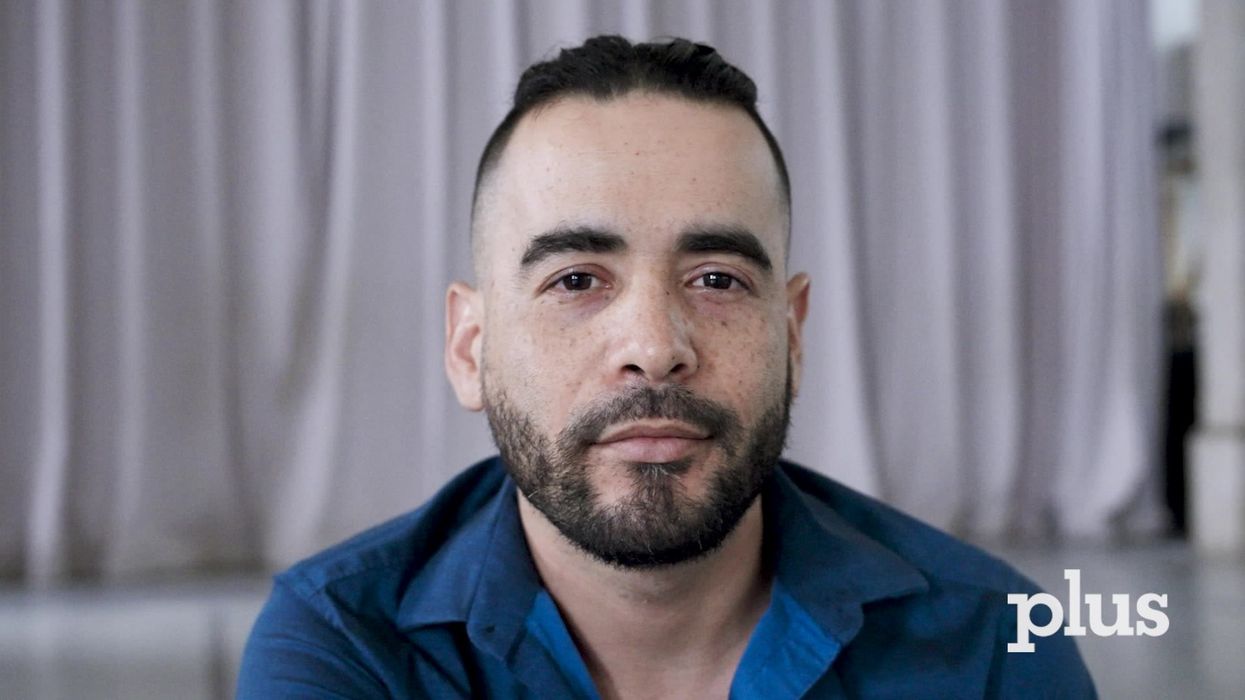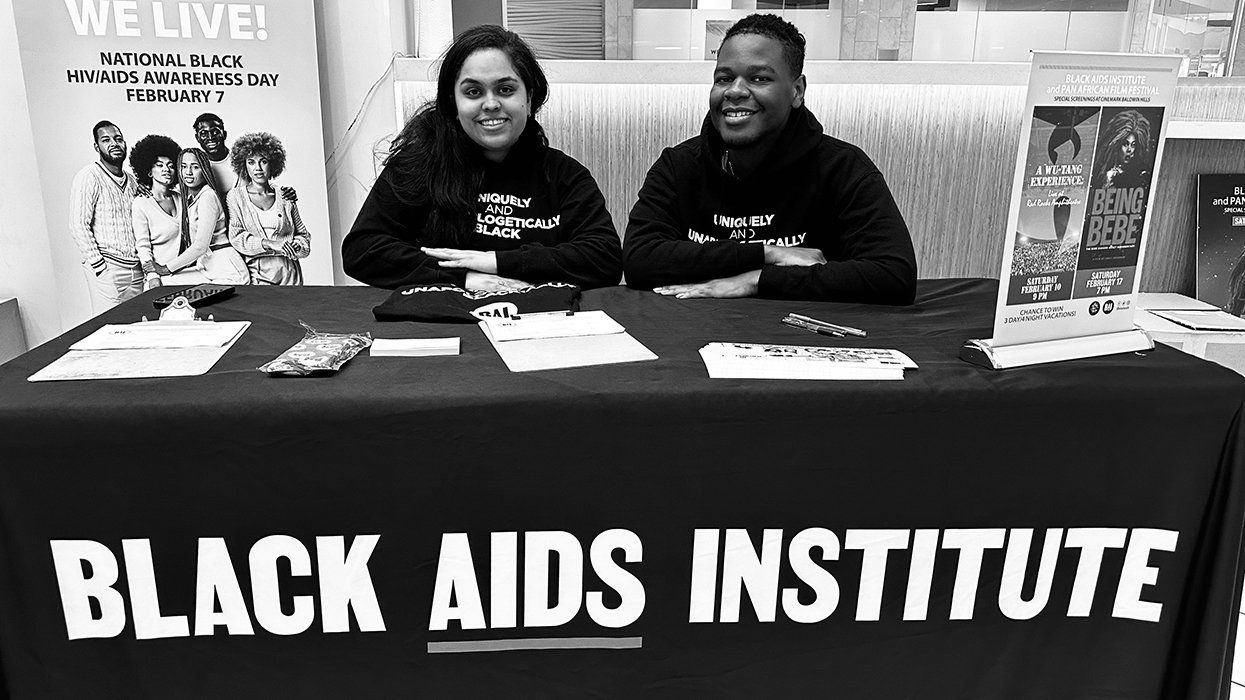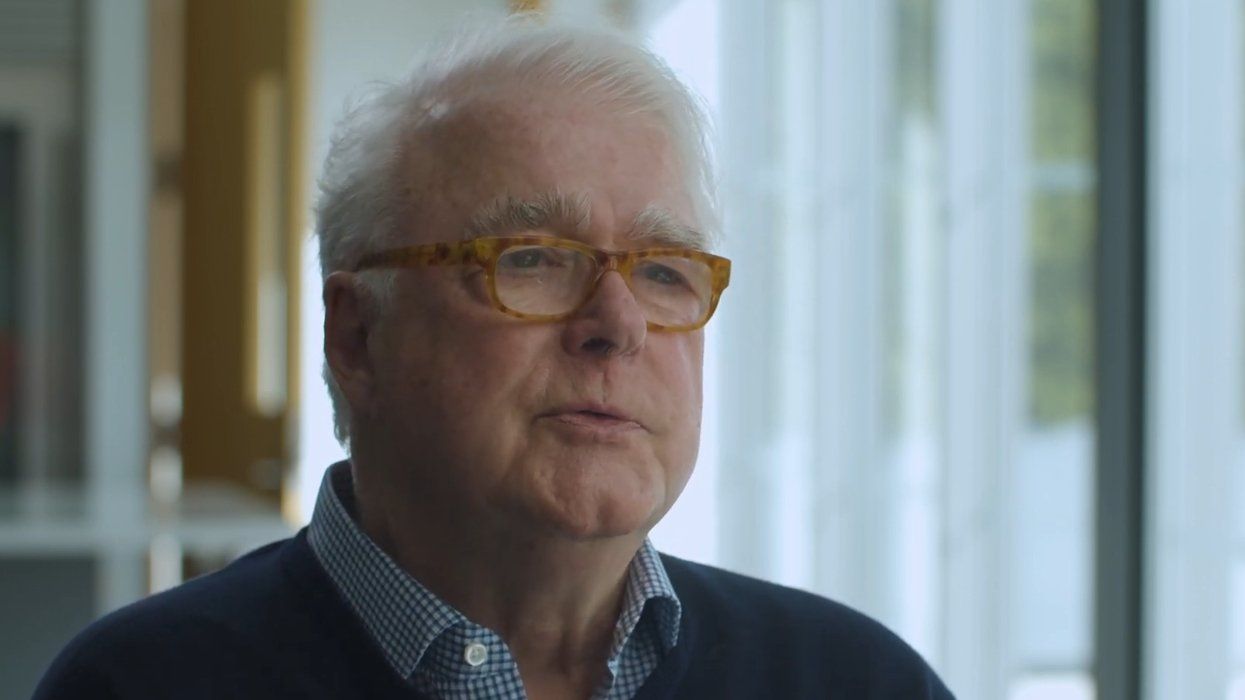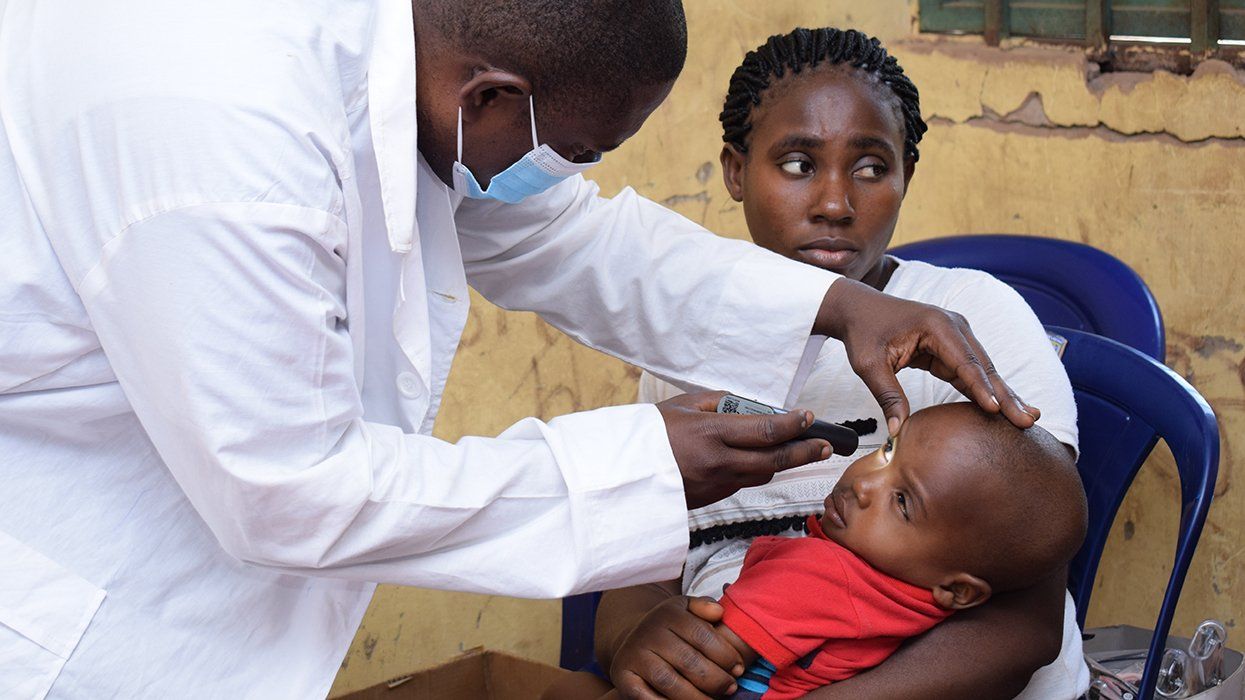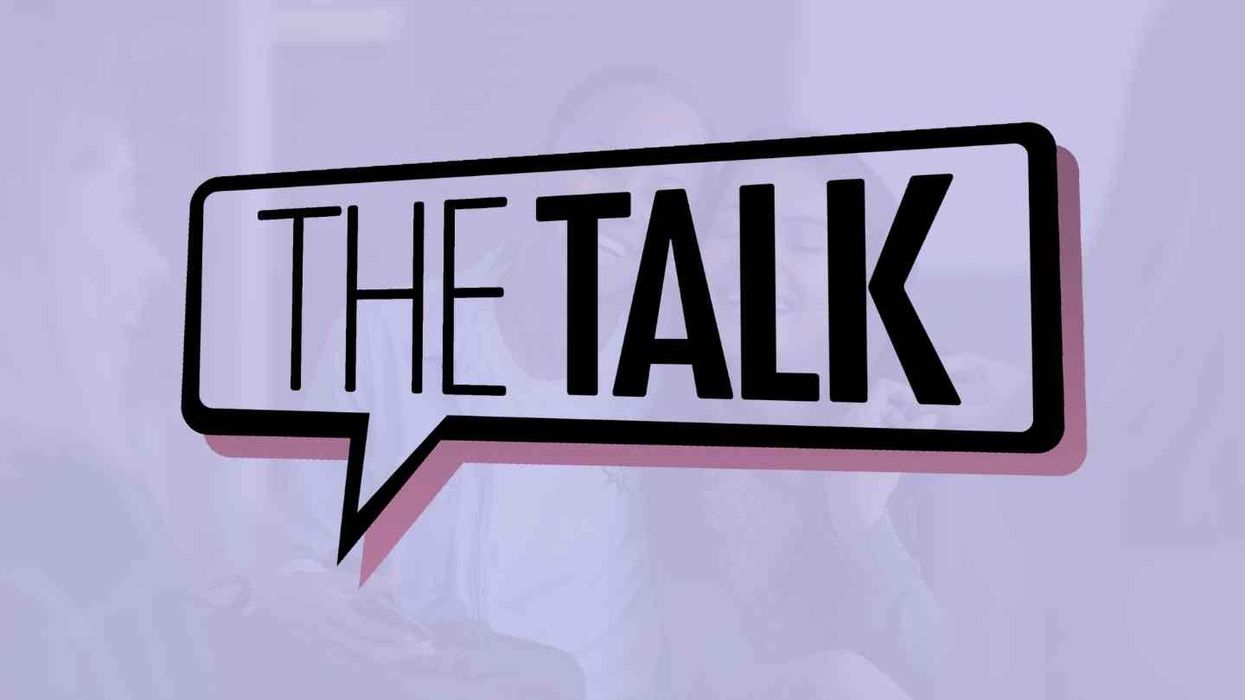UNAIDS released the 2013 global HIV/AIDS report Monday, whose figures support a tentative estimation that the HIV epidemic could end by 2030, writes Business Report.
Forecasts of these types are estimations, say researchers and the 2030 forecast is based on a 33 percent drop globally in HIV infections since 2001. AIDS-related deaths have also fallen by 30 percent since the 2005 peak, although figures for South Africa are less promising. South Africans continues be at high risk, according to UNAIDS, and HIV prevalence among South African adults aged 15-49 has increased from 17.3 percent in 2011 to 17.9 percent.
Some say that a drop in HIV new infections will change the financial situation for pharmaceutical companies, but Stavros Nicolaou, a senior executive at Aspen, the largest supplier of antiretrovirals to the South African government, thinks the anti-retroviral market would still grow.
"There are 35.3 million infected with HIV who will need treatment at some stage," he told Business Report. "It's not going to be a market that shrinks. If anything, the concern will be whether we have enough capacity. On a global scale, [only] 34 percent of the 28.3 million people eligible for ARV treatment in 2013 had access to it."
UNAIDS executive director Luis Loures says that the report is an indication that while HIV ands AIDS will still be prominent in certain regions of the world, and will not be eradicated completely, but infection rates would no longer be at the epidemic levels of today.
